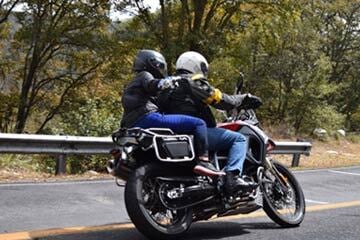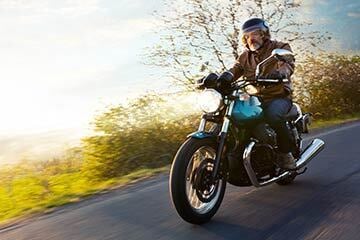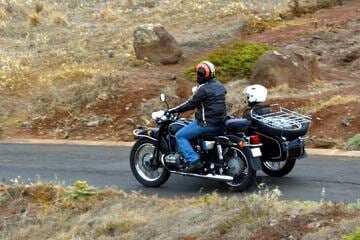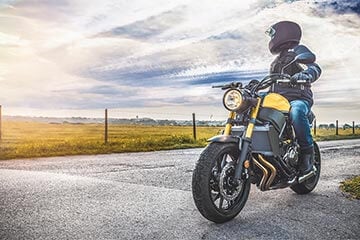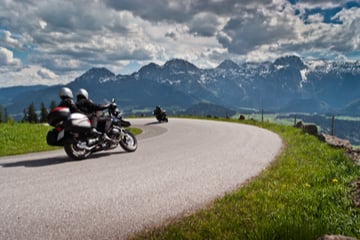What affects the price of motorbike insurance?
There are several factors that affect the price of insuring your BMW motorcycle. These include:
- The type of motorbike
- Your location
- Your age
- Your riding history
- The value of your motorbike
The type of motorbike you ride is important as it can determine what insurance group your it's in. Insurers place all motorbikes into insurance groups, which helps them calculate how much insurance policies cost. Insurers use factors like performance, value and repair costs to determine which groups to put a particular motorbike in.
Your location can also affect how much you pay. If your area has a high rate of crime, expect your policy to cost more compared to an area with low car crime rates.
Your age also determines how much your policy costs. The more experienced a rider you are, the less your policy costs are, compared to a younger, less experienced driver. Experience comes with age, but it's worth considering advanced driving courses to help lower your insurance costs.
Your riding history is also important. A riding record with no penalty points or convictions means you pay less than someone with a riding conviction. This is because insurers don't see you as a riskier motorcyclist.
The value of your motorbike means the more expensive or valuable your motorbike is, the more it tends to cost to repair or replace if damaged or stolen. Insurers take this into account when calculating the price of your policy.
How can I save on my BMW motorcycle insurance?
How much you can save differs from person to person because everyone's personal circumstances are different. But here's a list of ways that many people could save on motorbike insurance:
- Shop around and compare quotes
- Increase security
- Increase your voluntary excess
- Ride a less powerful motorbike
- Pay annually instead of monthly
- Build up your no-claims bonus (NCB)
Shop around and compare quotes. You don't have to accept the first price you're offered - compare different providers to see who has the best deal.
Increase security such as locking your motorcycle away in a garage or add an alarm or immobiliser to your vehicle.
Increase your voluntary excess, but make sure you can afford to pay it if you make a claim. Paying a higher amount shows your insurer you're serious about only claiming for a serious accident.
Ride a less powerful motorbike. The more powerful your motorcycle, the higher the insurance group it's likely to be in. This means a higher insurance cost.
Pay annually instead of monthly to help reduce costs. Choosing to pay monthly means insurers add interest charges, which increase your policy costs.
Build up your no-claims bonus (NCB). This comes with time and careful driving but building up a few years' NCB can reduce the cost of your insurance.
BMW history and facts
Bayerische Motoren Werke (BMW) dates back to 1913, but back then the company produced aircraft engines.
In 1923, the legendary BMW designer Max Friz took motorcycle design and capability to the next level. He launched the 486cc R 32, which reached a top speed of around 60 mph.
BMW Motorrad, the motorcycle brand of BMW, continued its development of bigger and faster motorbikes. In 1928 it produced the 750cc R 62, with a top speed of 71 mph.
Innovation in the post-war years included the introduction of the classic R 69 S in 1960. The fastest 'Boxer' at the time, the motorbike boasted top speeds of 109 mph.
Introduced in 1977, the R80/7 was significant as it was adopted by police forces across the country and became a familiar sight on UK roads. The company continued to develop its offerings to riders and in 1997 BMW introduced its first chopper/cruiser – the R1200C.
The motorbike was immortalised on film when it was ridden by Pierce Brosnan as James Bond in Tomorrow Never Dies.
In 2009 BMW launched the S1000RR sport bike. Designed to compete with the major Japanese manufacturers, the motorbike showcased BMW’s expertise in developing advanced traction control systems.
BMW still continues to innovate. Today its range includes sports, tourer, roadster and adventure bikes. With its heritage range it incorporates classic shapes with modern tech. And when it comes to urban mobility, its fully electric CE 04 motorbike offers lots of power but with zero emissions.

